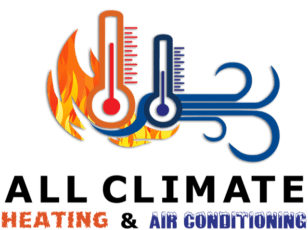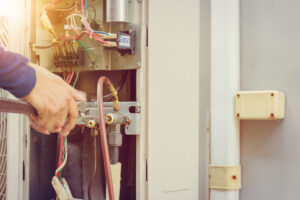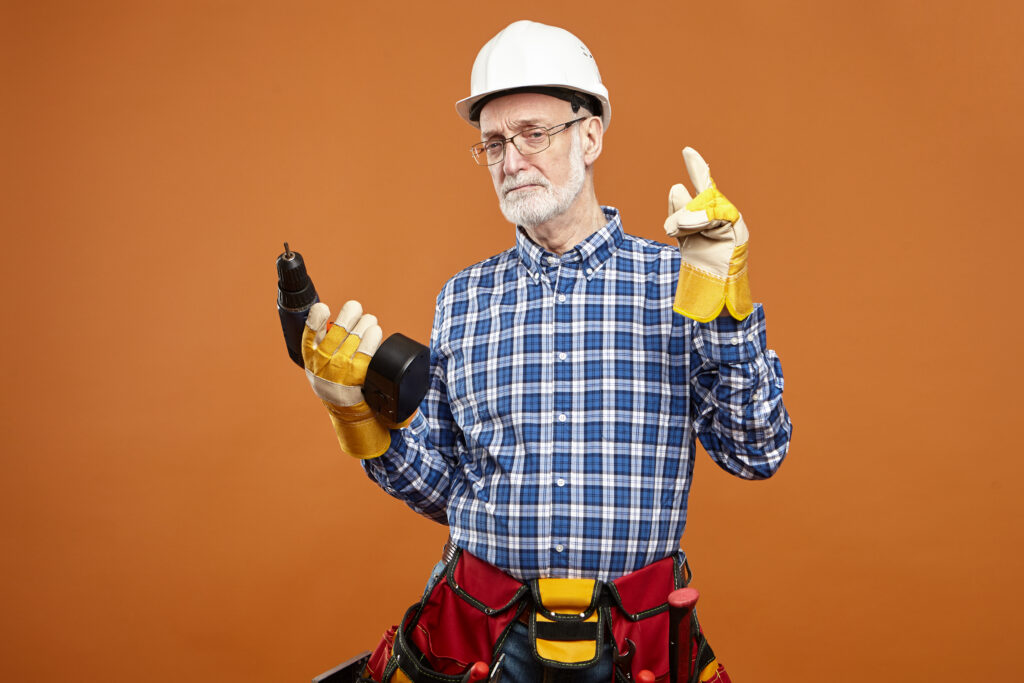Common Furnace Repair Problems

When boisterous snowy winds begin to blow and eateries start serving pumpkin spiced lattes and winter comfort foods, it’s a reminder that winter is quickly approaching. And you need to prep your furnace to ensure it’ll protect your home against the upcoming winter chill. If you turn on your furnace and notice it’s not working properly, you may not know what to do next.
But fear not. In this article, we’ll discuss some of the potential causes of furnace malfunctioning and how to solve them. We’ll also answer a question we get frequently: Should you repair or replace your furnace? Let’s dive in!
But First… A look at The Most Common Furnace Problems
Furnace problems vary, but some happen more often than others. Here’s a list of the most frequently-occurring malfunctions.
- No heating
- Uneven heating
- Condensation/water leaks
- The heating system won’t turn on automatically
- Not enough airflow
- Unnatural noises
- The system keeps turning on and off
Top 8 Causes of Furnace Problems and How to Troubleshoot Them
There are many factors that could cause your furnace to stop working or underperform. Let’s take a look at the common causes of a poor performing furnace and how to diagnose and fix them.
1. Completely Clogged, Overloaded, or Moldy Air Filters
When was the last time you replaced your furnace’s filter? The longer your filters stay in place, the more they trap dust, mold, and other contaminants. This causes a pressure drop and reduced airflow, which, in turn, leads to poor/uneven heating, or, even worse, complete system shut-down. Over time, overloaded air filters can also cause your furnace to become more prone to wear and tear.
Replacing your filters regularly can help optimize the performance of your unit and reduce the risk of damage.
Tip: When replacing your filters make sure you replace them with HEPA filters that have a minimum efficiency reporting value (MERV) rating of 13 or higher. HEPA filters will greatly enhance the efficiency of your unit and thereby cut your energy expenses by a significant margin.
How often should you replace your filters? According to the United States Environmental Protection Agency, furnace and HVAC filter changes should be scheduled every 60 to 90 days. If your unit uses 4-5-inch filters, it’s okay to wait until 5 to 10 months (or more) before a filter change.
2. The Thermostat Isn’t ON
You might feel a bit silly if this is the cause of your heating woes, but it happens more often than you think! When you’re busy, it’s sometimes easy to forget that you need to turn ON the thermostat so your heating system can regulate temperature effectively and in real-time.
Check the thermostat to make sure it’s ON and set correctly. If the thermostat is switched on but not indicating power, try to replace its batteries. If a battery change does not resolve the problem, then the thermostat is probably broken and repair or replacement should follow.
3. Tripped/Faulty Circuit Breaker Or Voltage Sag
Your home’s power system may be to blame. Check to see if there is a tripped/faulty circuit breaker or voltage sag that may be preventing power from getting to the heating system or the thermostat.
Warning: When fixing a faulty circuit breaker or fuse, avoid quick fixes such as electrical tape because they have the potential of leading to a fire, not to mention that they only work for a short time, meaning your furnace problem will reoccur.
4. Loose, Missing, or Aged Wires
Loose, missing or aged wires could also be the reason why your heating system isn’t working or running at its maximum efficiency. If your thermostat is not working correctly, that’s the best place to start. Remove the thermostat and check if there’s a wire that’s missing, burnt out, or is loosely connected. You can also use a multitester to identify faulty wires. Start by screwing in the loose wires. Then, replace old or missing wires with new ones.
Your furnace could also have frayed or defunct wires, but you’ll need to call a professional furnace expert to help you find and fix the problematic wires. Trying to fix faulty furnace wires on your is dangerous; you’ll put your life and property at risk.
5. Unlubricated Inducer Motor or Blower Motor
Furnaces can be noisy sometimes. After all, they’re made up of many moving parts that can rub against each other, creating noise. However, if your unit keeps producing a grinding, whining, or squealing noise, then something is wrong and needs to be fixed. Unnatural furnace noises are often a result of an unlubricated inducer motor or blower motor. The fix is simple in this case: lubricate all your furnace motors.
If there is still a noise problem, even after lubricating your unit, this indicates a more serious underlying malfunction. At this point, we recommend calling a licensed furnace professional so it can get a tune-up.
6. Clogged or Cracked Drain and Condensate Lines
Furnace failure could also be a result of water leaks. Furnaces, like most air purifiers, have drain/condensate pipes that help them to get rid of the condensed water that they produce.
If the drain taps and condensate lines are clogged or cracked, the condensed water can leak, leading to malfunctions.
Have you noticed any puddle underneath or near your unit? If yes, then a water leak could be the reason why your unit is failing. What should you do? Well, shut down the furnace, clean up the leak and call a trusted furnace professional to inspect your unit and perform necessary repairs.
7. Ignition Problems
If it is not a water leak then it could very well be an ignition-related problem. Furnace ignition systems can develop trouble for a couple of reasons: compatibility problems, dirt, damage, power surges, or loss of connection.
If you suspect your furnace’s ignition system is not working, try to gently clean it (and the area around it) and your problem will go away. However, if the ignition system continues to malfunction, seek professional help right away because something is seriously wrong. You don’t want to let this issue linger for too long as it could lead to further heating issues.
8. Dirty Fuse
Again, if you haven’t been diligent about maintaining your heating unit, its components may get covered with dirt and grime. If your unit’s fuse is covered with dirt it’ll not be able to perform efficiently and may cause the whole system to break down. You’ll need to clean it to get rid of the dirt that has built up around it.
DIY Repairs Are Ok, but You’ll Still Need to Hire a Furnace Technician
While this guide will help you troubleshoot basic furnace problems, be aware that there are malfunctions that can only be handled by a trained professional. We can’t emphasize enough because trying to tackle complex furnace issues yourself can result in more maintenance costs and recurring malfunctions.
Tip: When choosing a furnace technician, it’s important to find an experienced, knowledgeable person who can get the job done right the first time. Also, make sure the technician you hire is certified and licensed.
But don’t stop there. Ensure their certification and the repair techniques that they use are recognized by the American Society of Heating, Refrigeration, and Air-Conditioning Engineers’ ASHRAE.
Final Words
You probably don’t think much about the process of turning on your furnace: You simply hit the ‘ON’ button, set the desired temperature level, and walk away. But for some reason, your unit may breakdown or fail to work properly. Luckily, most furnace problems can be easily resolved. The guide we have provided above will give you an idea of how to tackle basic furnace problems; make sure you keep it in mind.
If you’re looking for a technician that can help you solve the furnace problem you are facing quickly, and inexpensively, our experts are here and ready to help. Contact us today and book an appointment.


